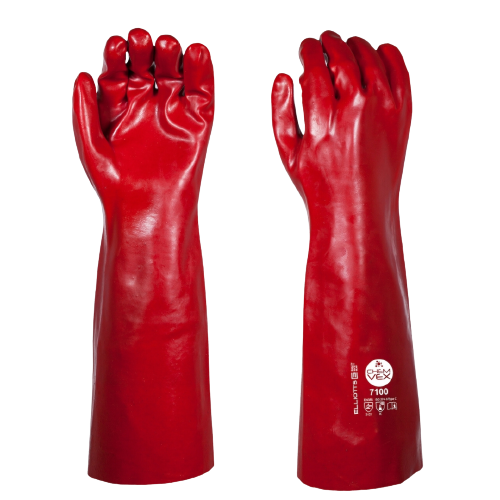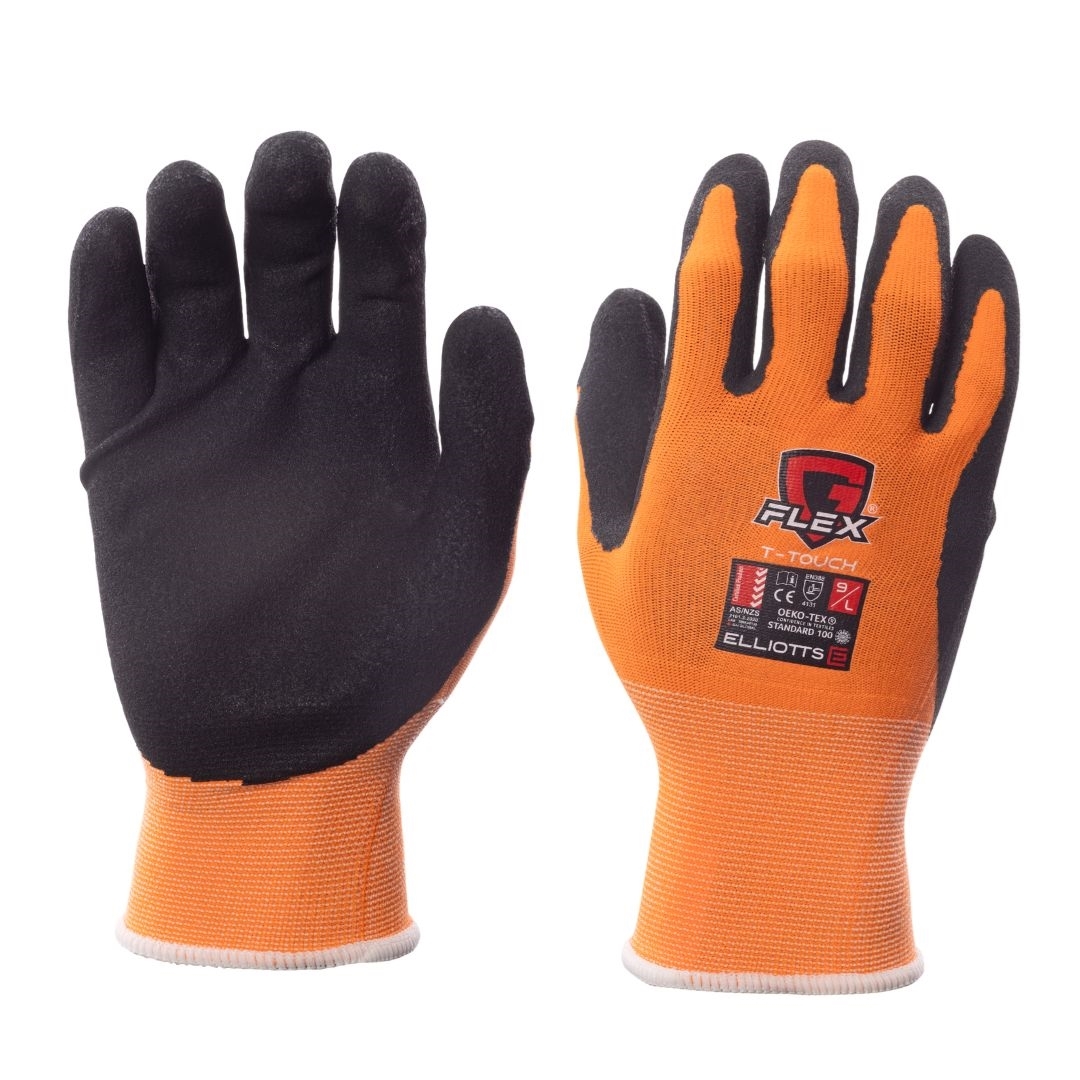Frequently Asked Questions on Safety Gloves
What is the Australian Standard for Gloves?
The Australian standard for gloves is an Australian/ New Zealand Standard. AS/NZS 2161 is the standard that covers occupational protective gloves in Australia and New Zealand. This series of standards ensures the correct gloves are chosen and maintained to provide users with effective protection. These standards have adopted the European standards such as EN388, EN420, EN407, EN374, and EN511.
Do Elliotts Gloves Meet the Requirements of Australian Glove Standards?
Elliotts places a great amount of focus on quality and standards and has led the way in Australia and New Zealand promoting the need for gloves to be certified to AS/NZS 2161 standards. Where possible, our gloves are Certified by BSI to AS/NZS 2161 standards. If the gloves are not certified, they are manufactured to meet the requirements of the standards.
What are the Most Common Glove Standards?
- AS/NZS 2161.3:2020 (EN388) Protection against mechanical risks
- AS/NZS 2161.4:1999 (EN407) Protection against thermal risks (heat and fire)
- AS/NZS 2161.5:1998 (EN511) Protection against cold
- AS 2161.6-2003 Protective gloves for firefighters - Laboratory test methods and performance requirements
- AS/NZS 2161.10.3:2005 (EN 374-3) Determination of resistance to permeation by chemical
What is a "Supported" Glove?
A "Supported" glove is made by dipping a knitted or woven cloth liner into a liquid compound such as PVC, nitrile, or neoprene. The liner "supports" the coating and adds strength. Examples are The PVC gloves and G-Flex gloves.
What is an "Unsupported" Glove?
Unsupported gloves made by porcelain hand forms being dipped directly into the liquid compound. The dipped hand forms are then dried and the dried liquid film is stripped off the forms.
What are Some of the Different Types of Glove Material?
Elliotts gloves are made from numerous materials, including a variety of leathers, cottons, synthetic yarns, aramid yarns, synthetic materials and much more. Our Glove Materials Guide provides detailed information on these and many more materials.
What Gloves Should I Wear to Pick Up Small Objects?
Taking into account the tasks and associated risks needs to be taken into account whenever you select a glove. The G-Flex glove range is ideal for providing excellent dexterity and comfort. The different coating choices provides different levels of grip and feel and the different liner options provide flexibility if you need protection from cuts if you are picking up sharp objects.
REFERENCE PAGES:
Glove & Hand Protection Introduction | Glove & Hand Protection Range | Glove & Hand Protection Materials | Glove & Hand Protection Certifications | Glove & Hand Protection Glossary


